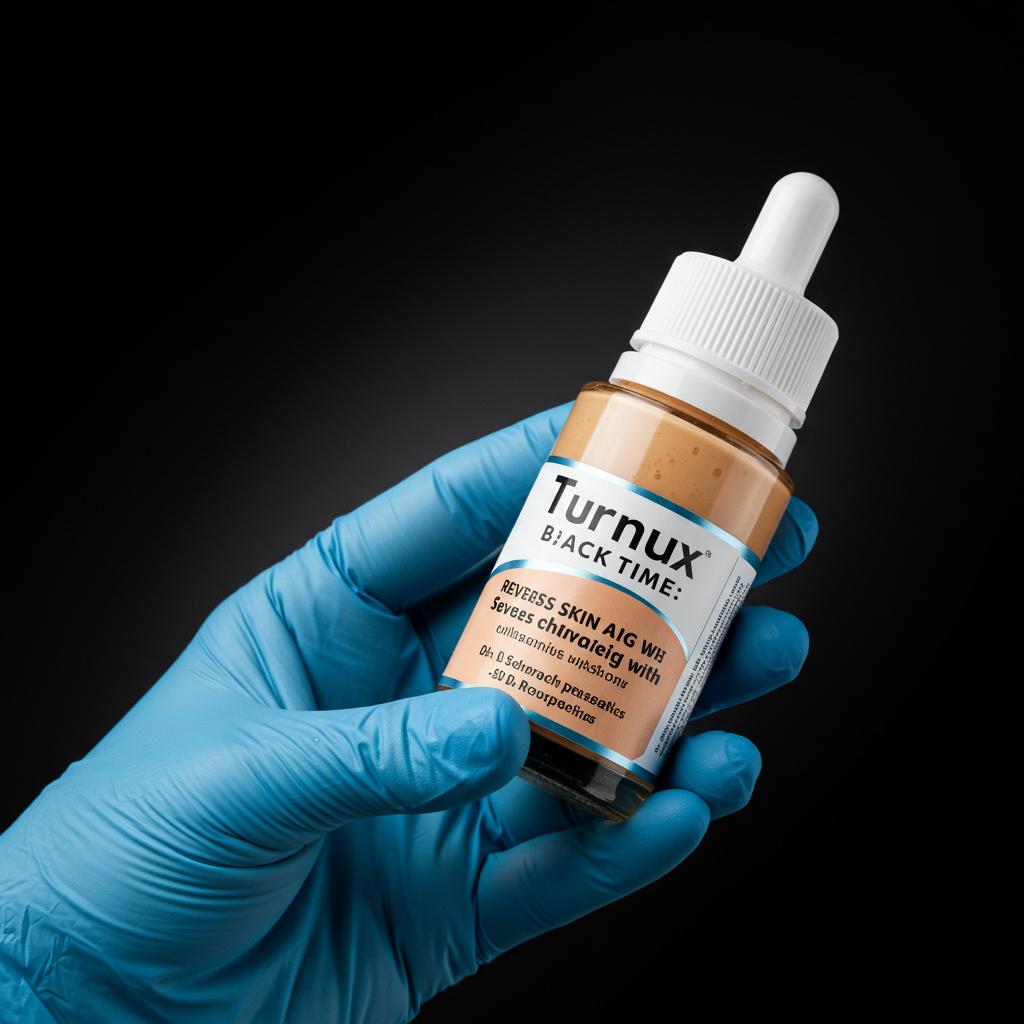
Ever looked in the mirror and noticed those tell-tale signs of aging? Wrinkles, sagging skin, age spots… it’s all a natural part of life, but what exactly is happening beneath the surface? It all boils down to how our skin cells age, a process called cellular senescence. Let’s dive into the fascinating world of skin aging and explore how this process affects our largest organ.
Our skin, constantly bombarded by the sun, pollution, and just the wear and tear of daily life, begins to show age in a few key ways. These changes are more than just skin deep; they happen at a cellular level. One of the primary culprits is cellular senescence. Imagine your cells as tiny factories, constantly working to repair and regenerate your skin. As we age, some of these factories start to shut down, entering a state of senescence. They stop dividing and replicating, but they don’t die. Instead, they linger, releasing inflammatory signals that contribute to the visible signs of aging.
- What is cellular senescence? It’s essentially a cell’s retirement. The cell stops dividing, but instead of quietly fading away, it hangs around, releasing chemicals that can damage surrounding healthy cells. Think of it as a disgruntled retired worker spreading negativity in the office!
- How does it affect the skin? Senescence affects different skin cells in different ways. Melanocytes, the cells responsible for producing pigment, can contribute to uneven skin tone and age spots. Fibroblasts, the cells that create collagen and elastin (the proteins that give skin its firmness and elasticity), start to produce less of these essential building blocks, leading to wrinkles and sagging.
- What are the visible signs? The most obvious signs are wrinkles, sagging skin, and age spots. But senescence also contributes to thinner, drier skin, making it more prone to injury and slower to heal.
Now, for the good news: Researchers are working on exciting new ways to target these senescent cells, known as senolytic therapies. These therapies aim to selectively eliminate these troublesome cells, potentially reversing some of the visible signs of aging and improving skin health.
- Senolytics: A potential game-changer. These emerging therapies are designed to specifically target and eliminate senescent cells, leaving healthy cells untouched. Imagine being able to clear out those disgruntled retired workers and restore harmony to the cellular factory!
This research is still in its early stages, but the potential is enormous. Imagine a future where we can not only treat the symptoms of aging but actually address the underlying causes. While we wait for these breakthroughs, we can still take steps to protect our skin and slow down the aging process. Protecting our skin from the sun, eating a healthy diet, and staying hydrated are all crucial for maintaining healthy skin at any age.
Here are some key takeaways to remember:
- Skin aging is a complex process driven in part by cellular senescence.
- Senescent cells contribute to wrinkles, sagging skin, and age spots.
- Emerging senolytic therapies hold promise for targeting and eliminating these cells.
- Protecting your skin from the sun and maintaining a healthy lifestyle are essential for healthy aging.
So, the next time you notice a wrinkle or an age spot, remember the complex cellular processes happening beneath the surface. And keep an eye out for exciting developments in senolytic therapies, which may revolutionize how we approach skin aging in the years to come.
